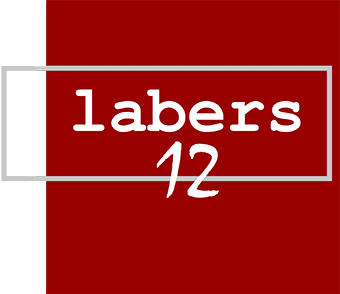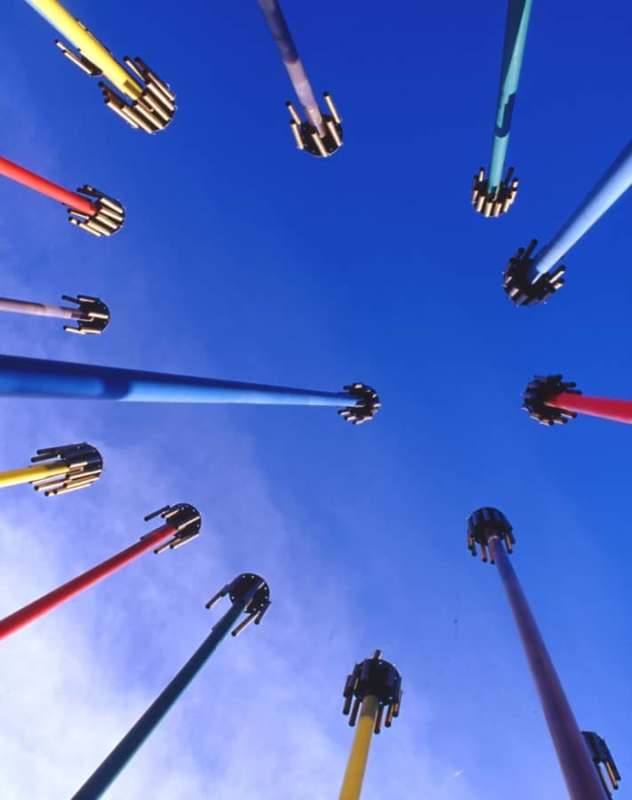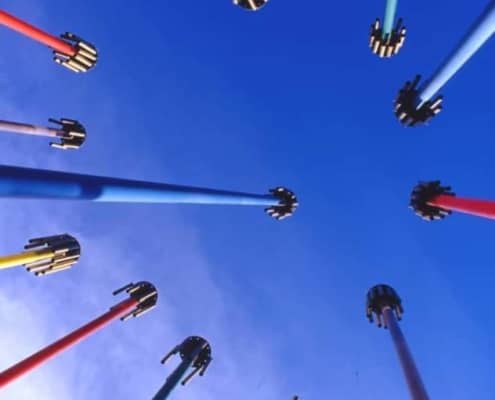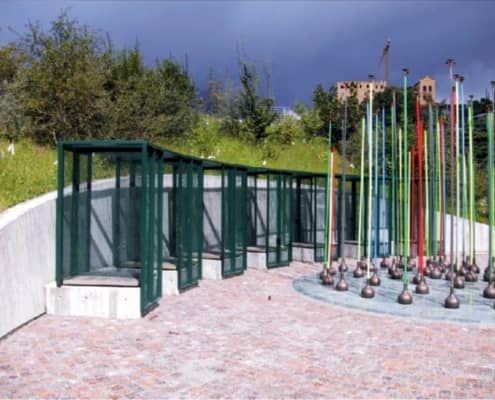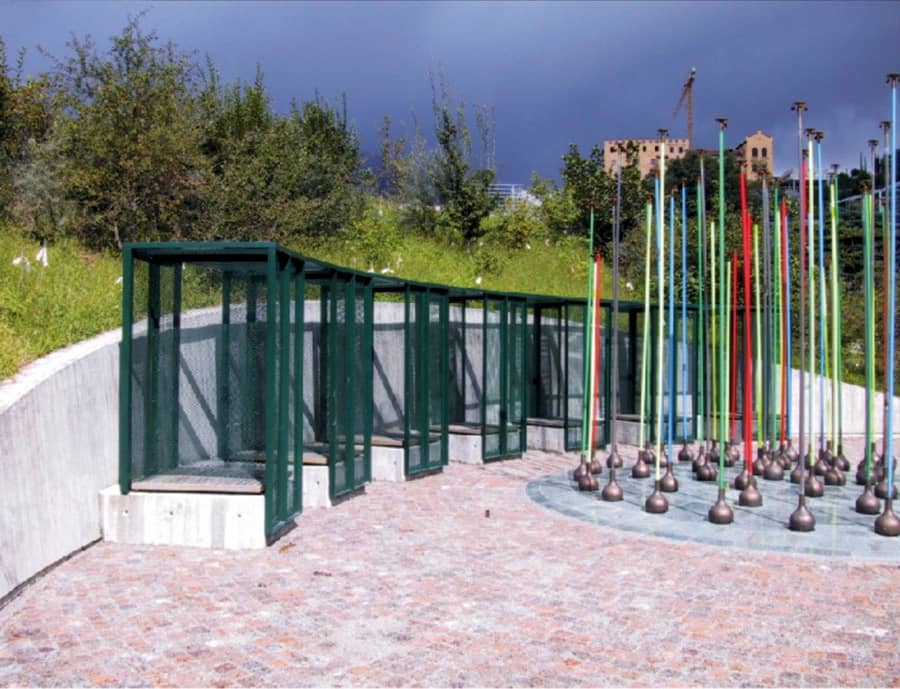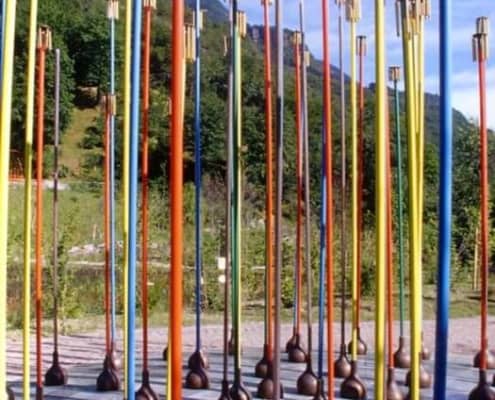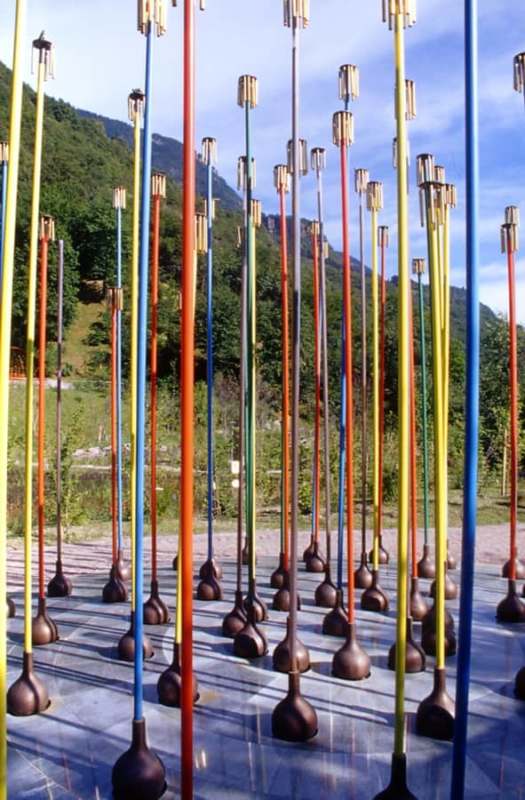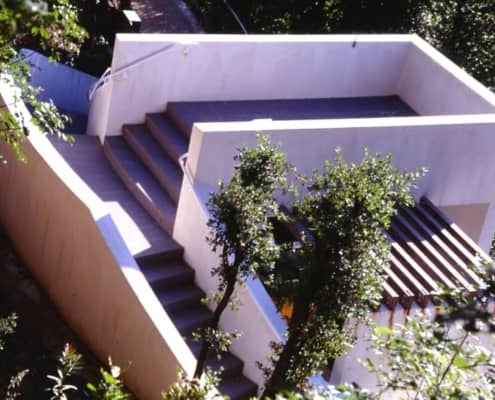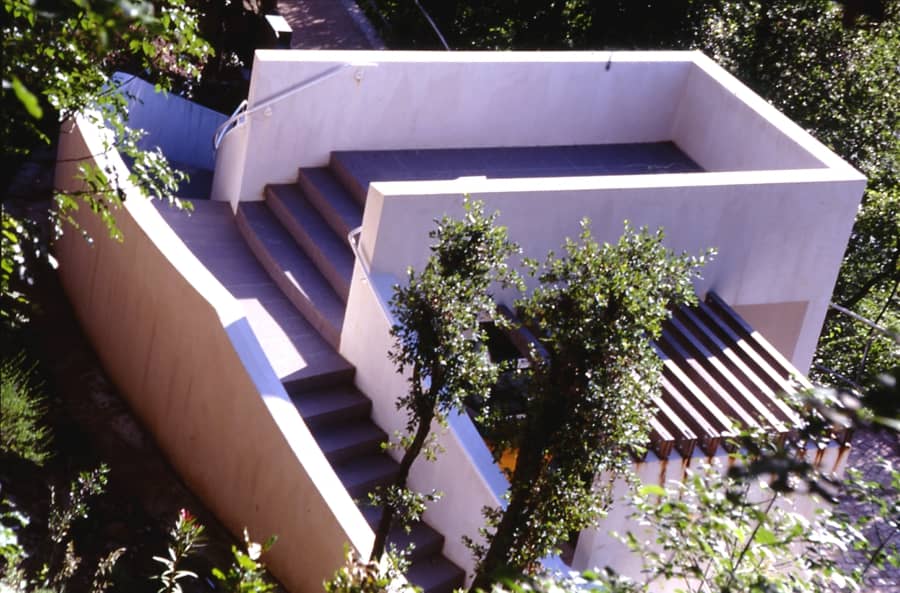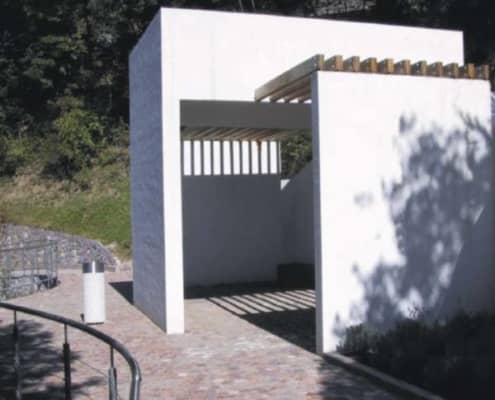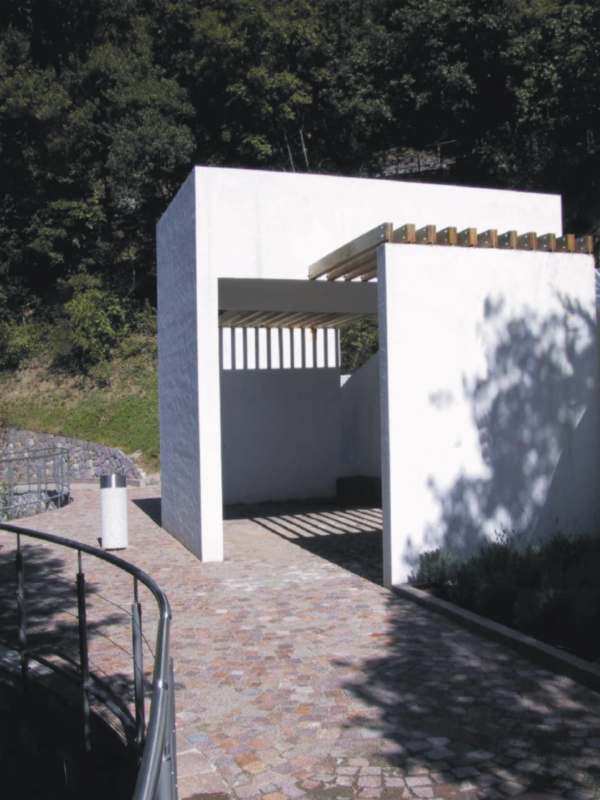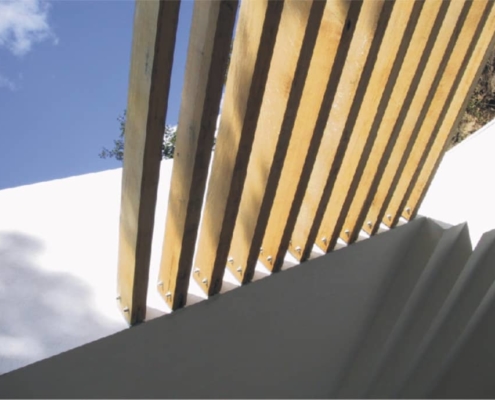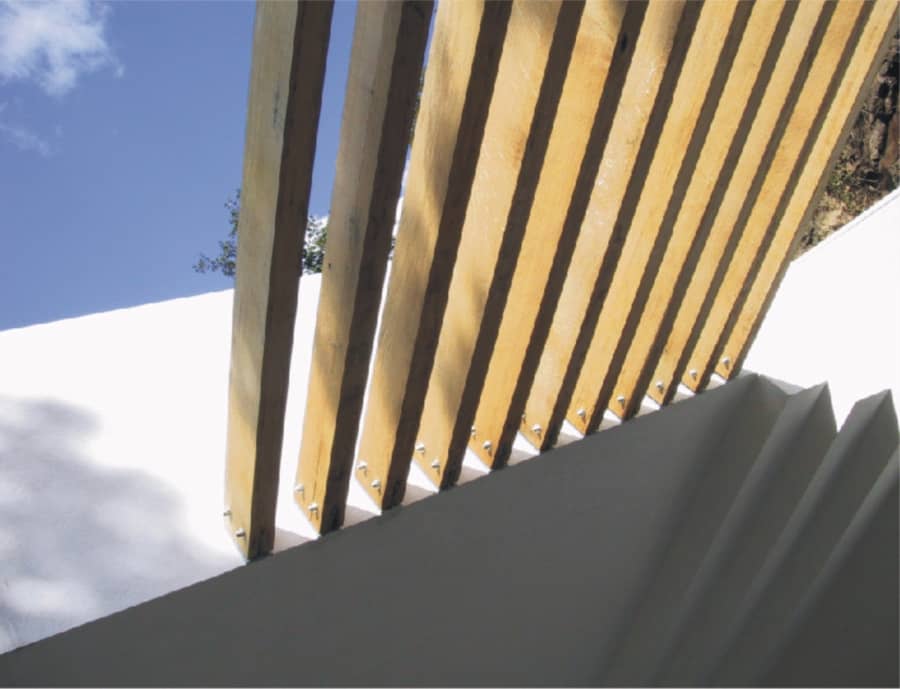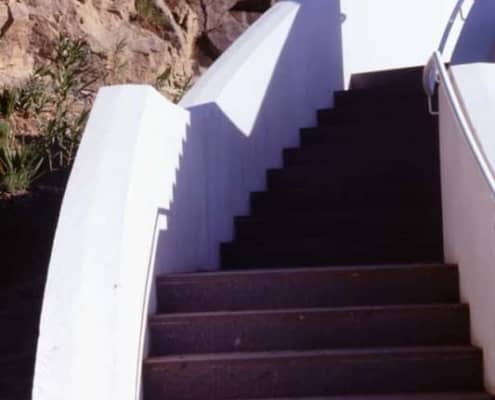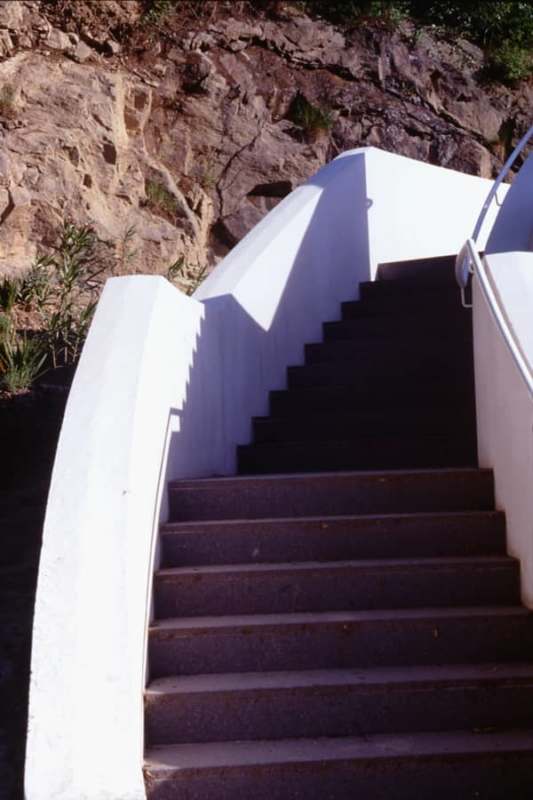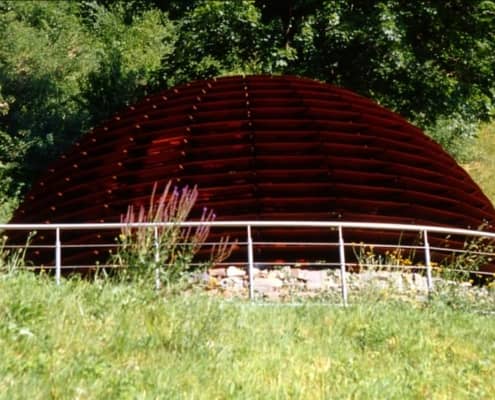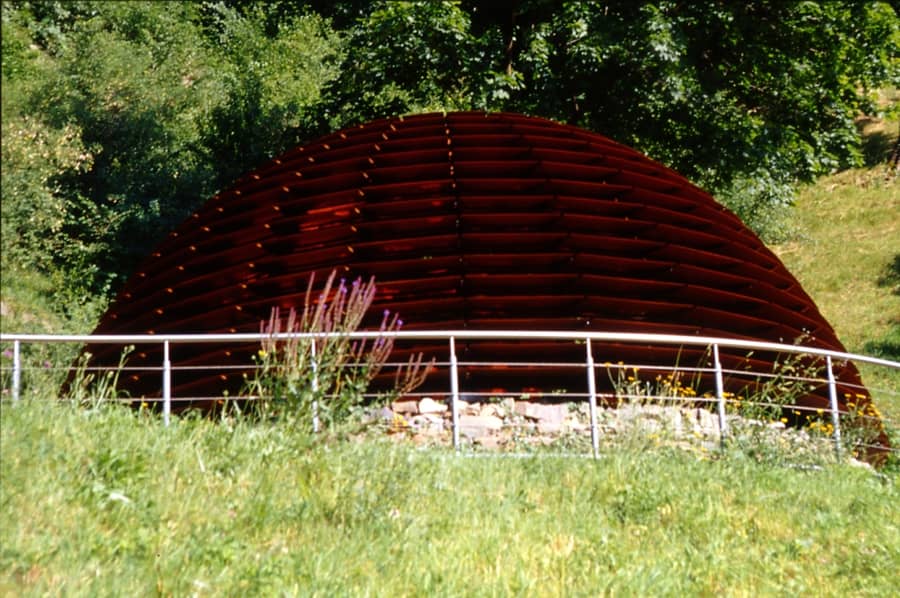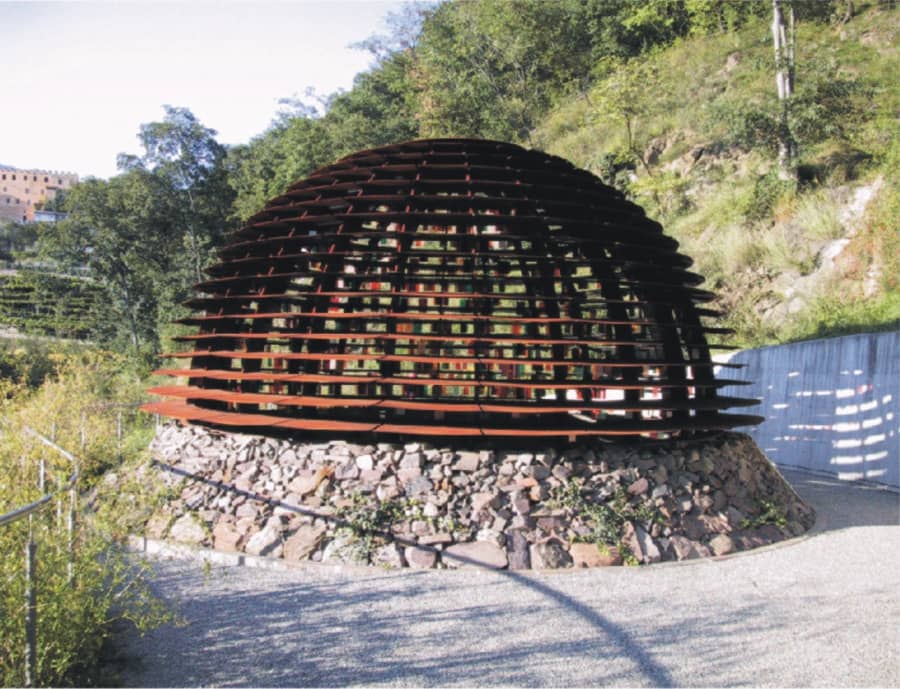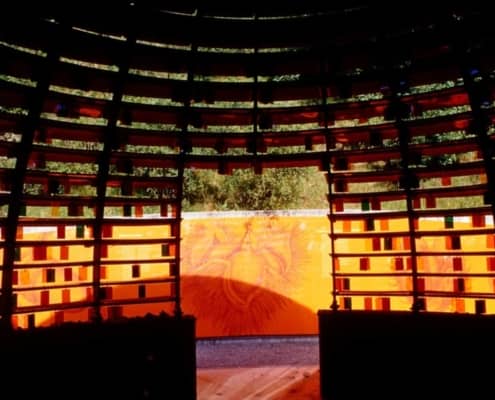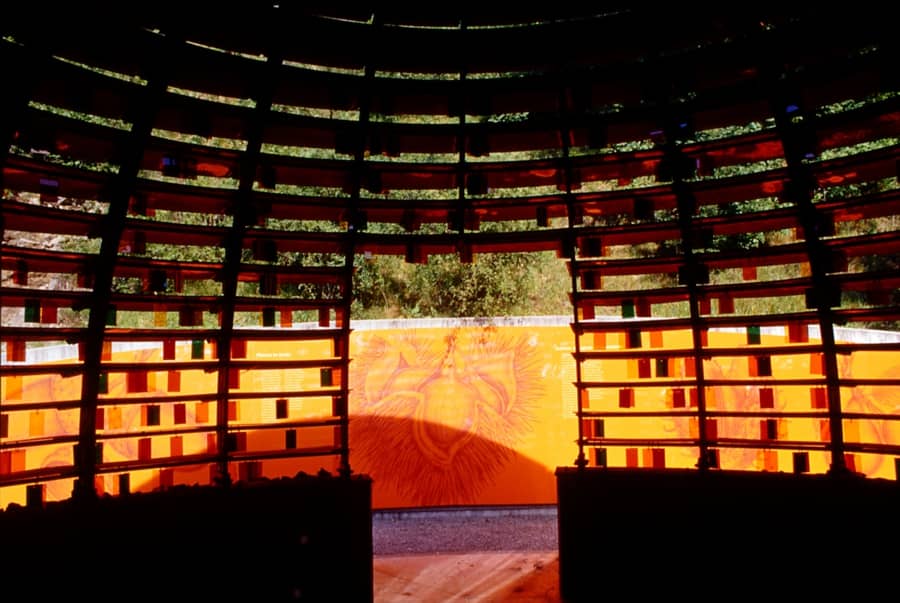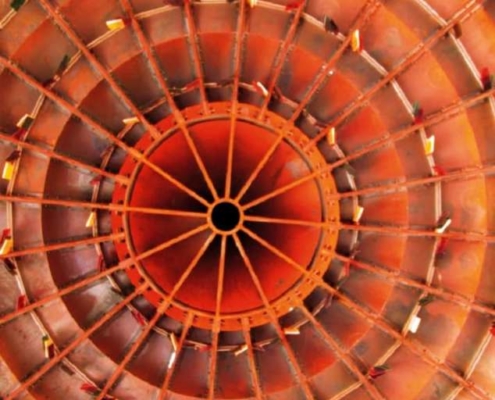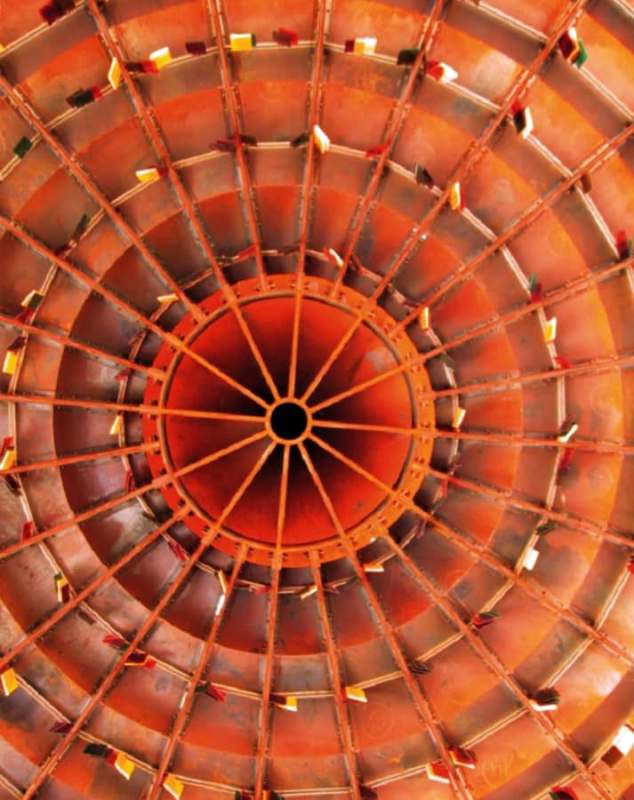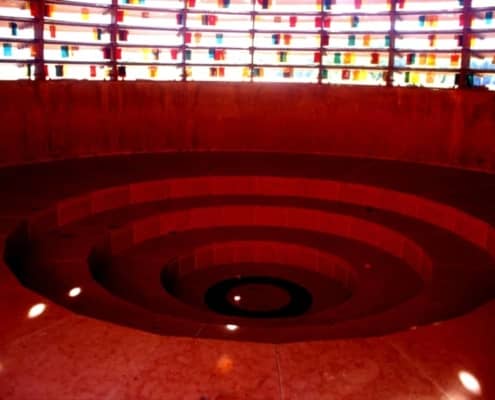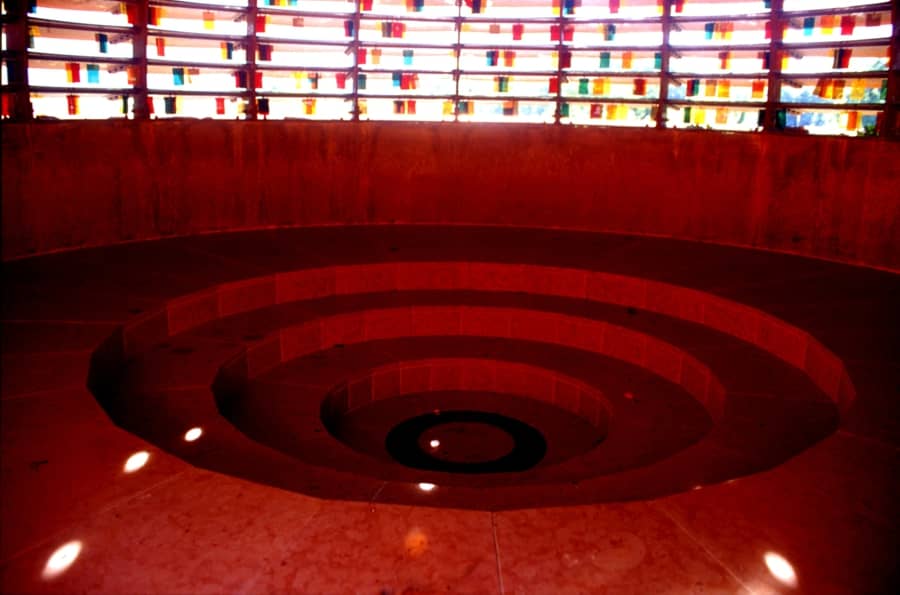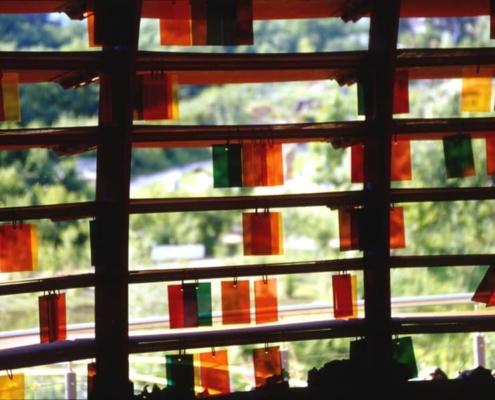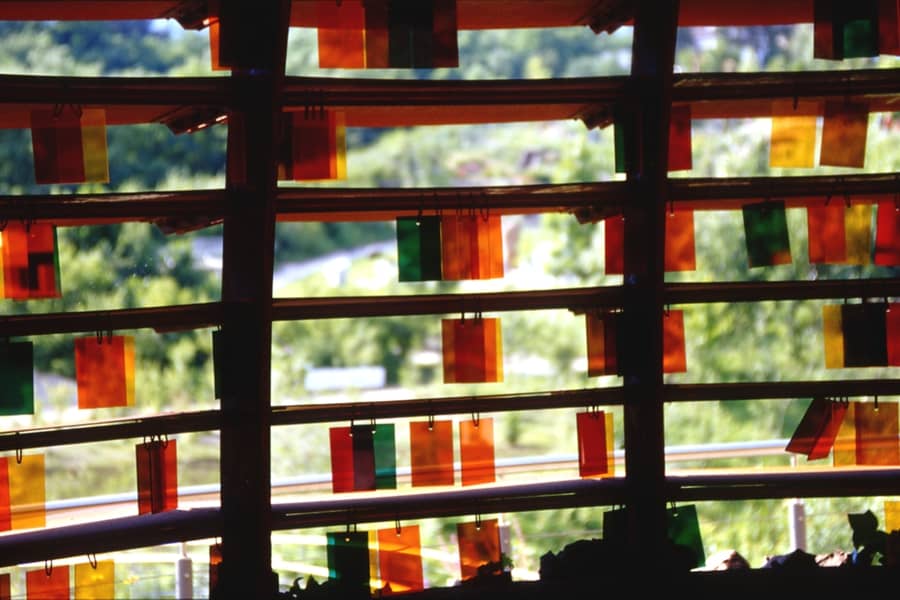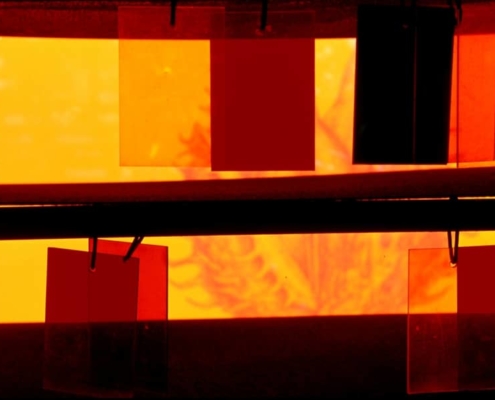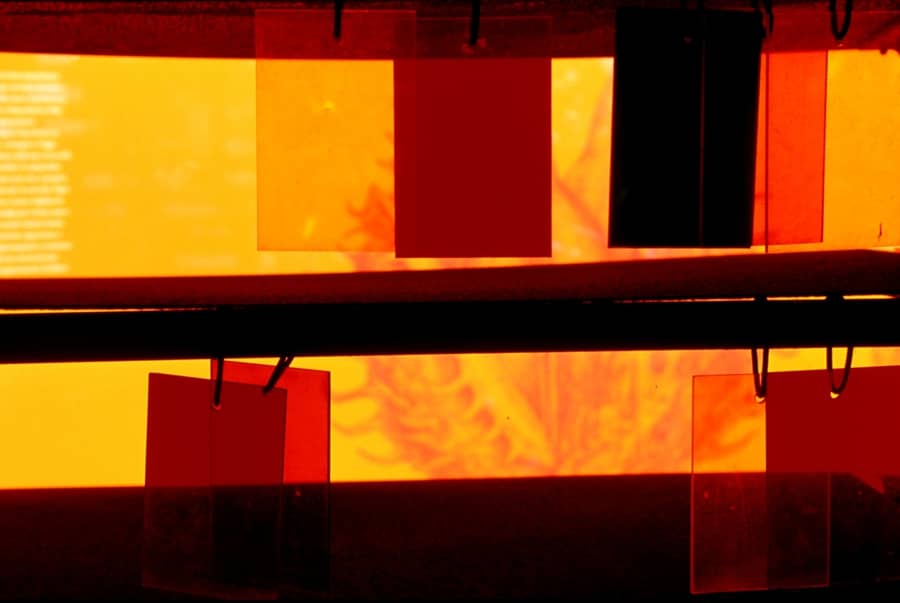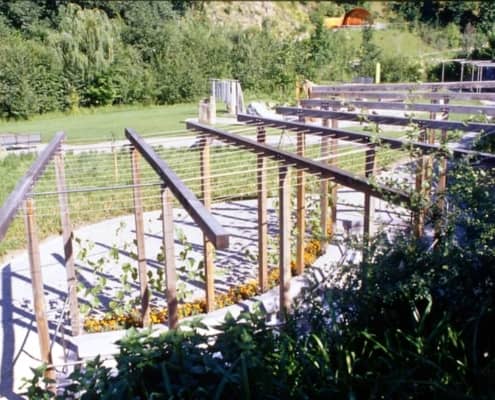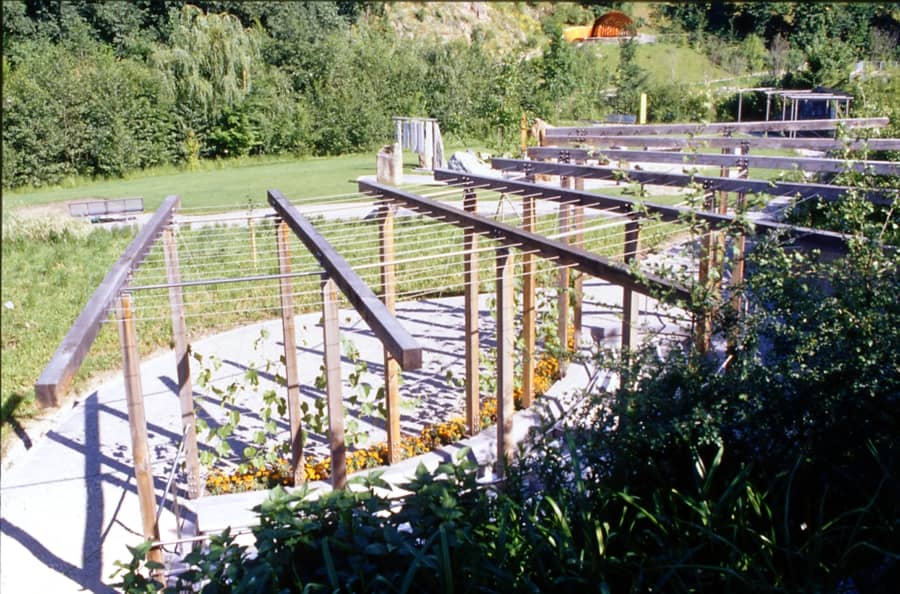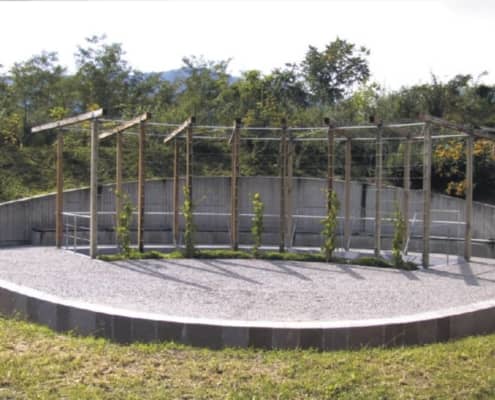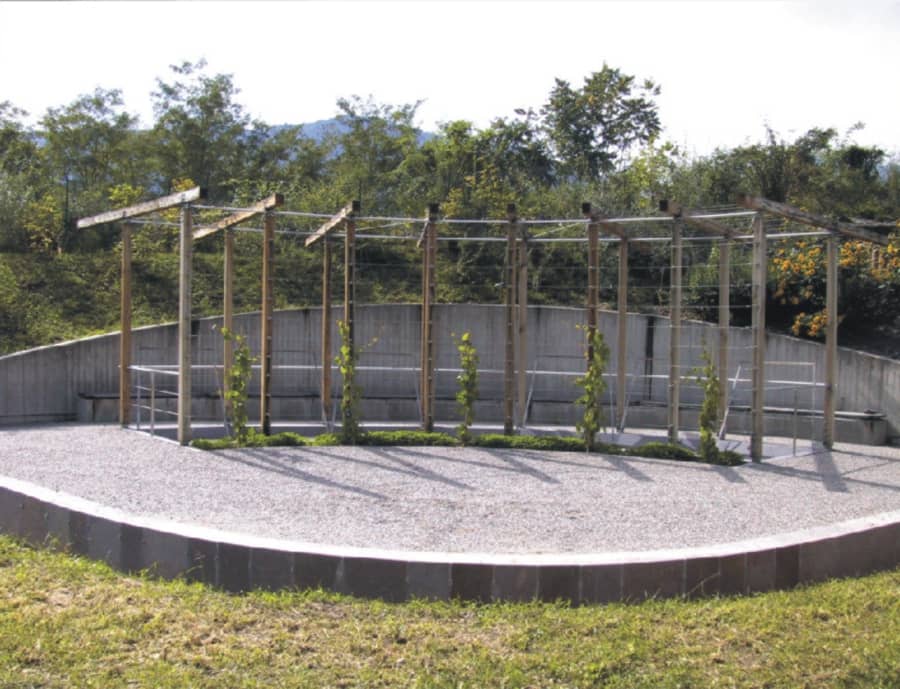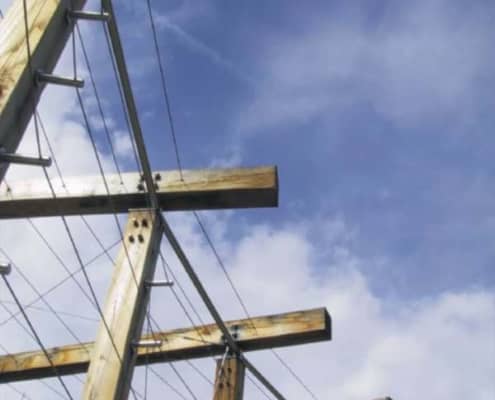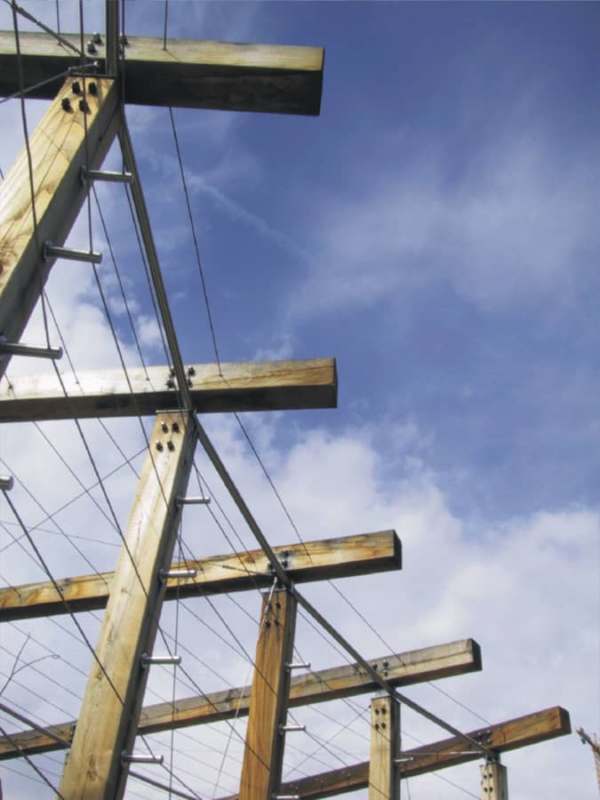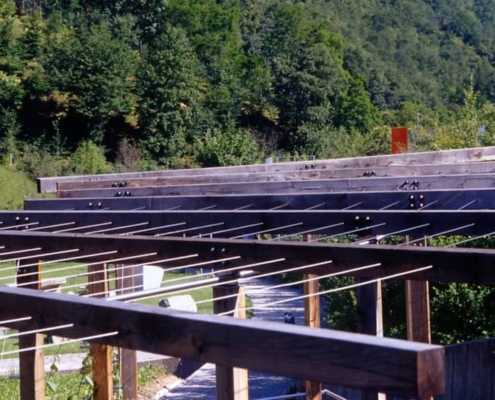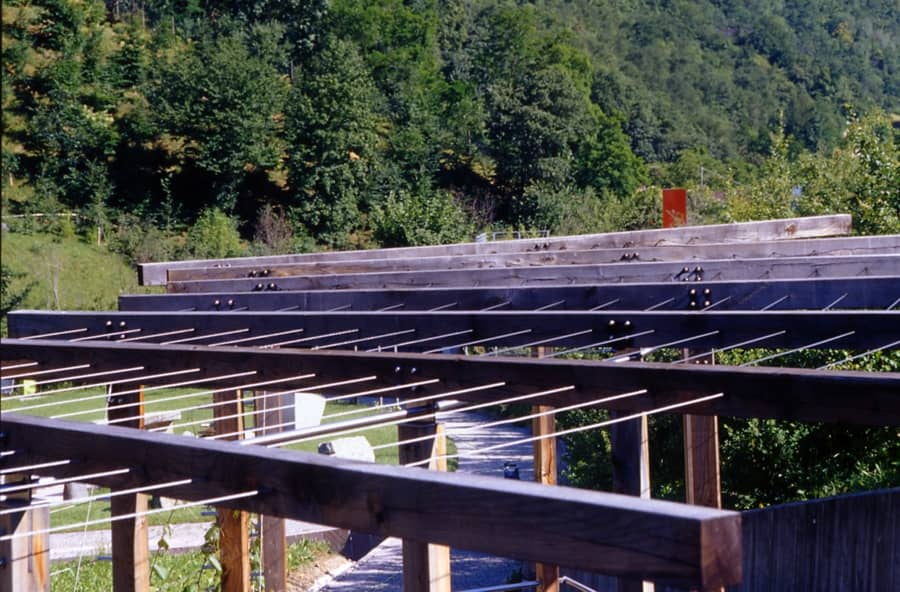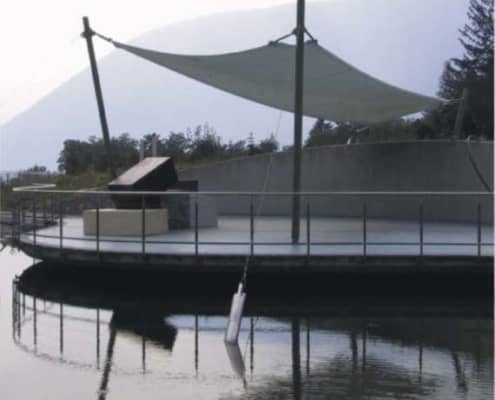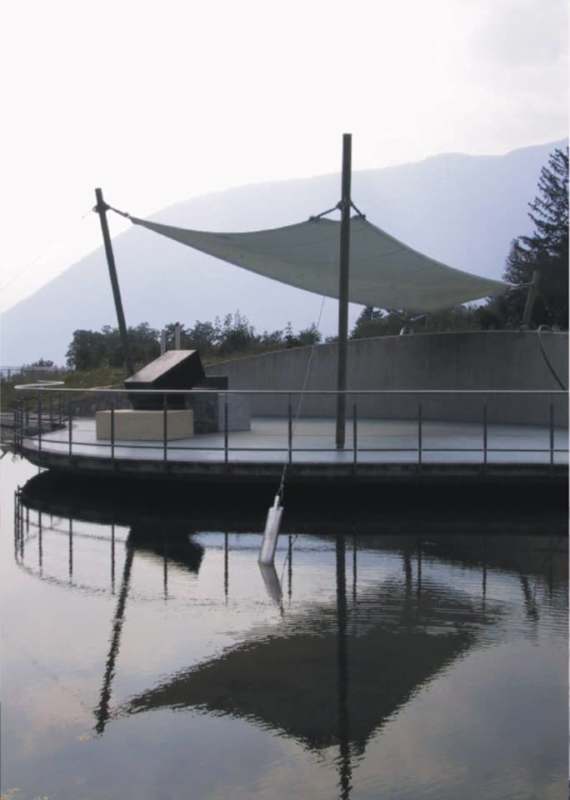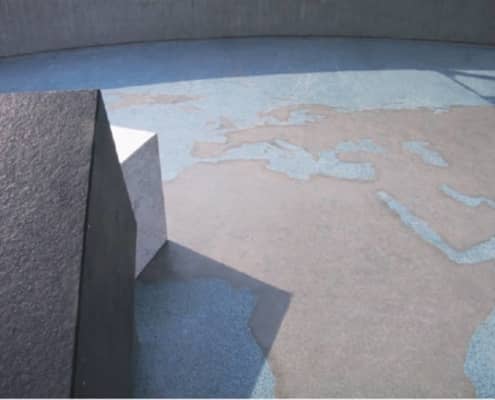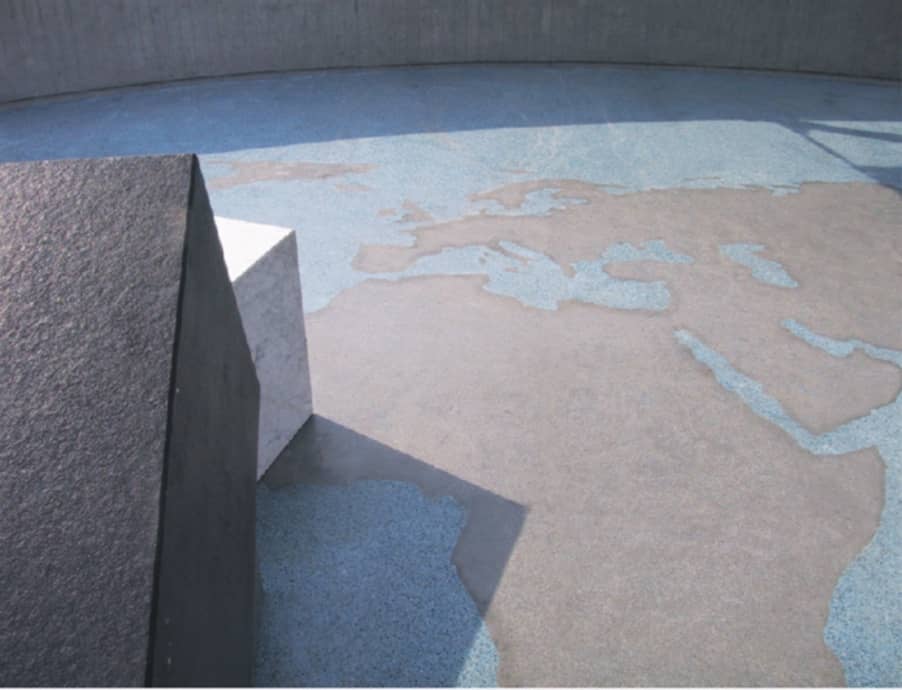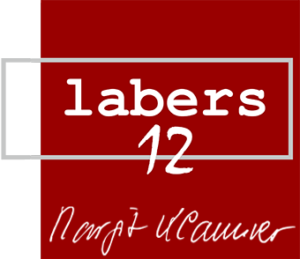Pavillons
2000 Gardens of Trauttmansdorff Castle, Merano
Le monde est plus petit, sans fou
Could this statement have been the reason why “Follies”, as the pavilion of the Gardens of Trauttmansdorff Castle were referred elsewhere, were built?
“We have to hurry if we still want to see something” realized already Paul Cézanne, and Jean Laude claimed “stop the earth, I want go down”.
The Pavilions in this garden are places to pause and linger in an increasingly hectic world. They should mediate between the natural grown and the artificiality built because a botanical garden is not a naturally grown landscape, but an artificially created space. Nature alone would not create an area, divided into sun – terraces – water – and woodland gardens. The outlines were blurred and the plants would seek their own natural habitat. The probability that exotic plants would grow in close proximity to native vegetation would be low.
To convey these specified topics to visitors aroused the desire to create pavilions which should be areas of an expressive feeling perceivable for all senses. They should make visible facts of nature and explain the character of the surrounding plants: where they come from, what conditions they need and how they are built and they should give answers to questions about how they came to us.
As the result of this project have arisen conglomerates between art and architecture, in harmony and as a counterpoint to the organic nature, a dense packing of communication between humans and plants, not only sculptures and not only build for weather-protection or information, but little jewels in the landscape.
- The execution was carried out in collaboration with Wolfram H. Pardatscher
